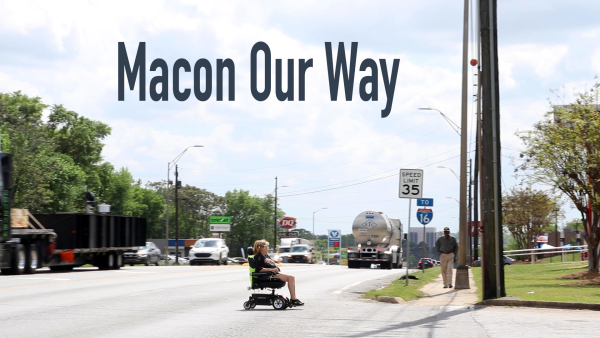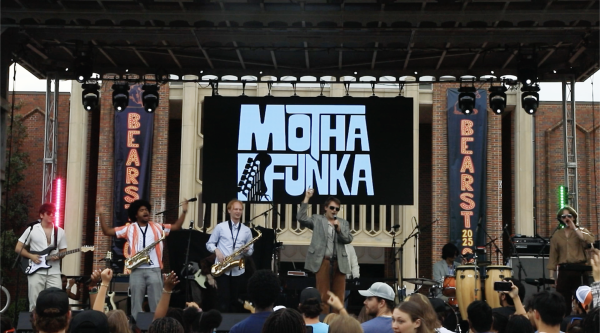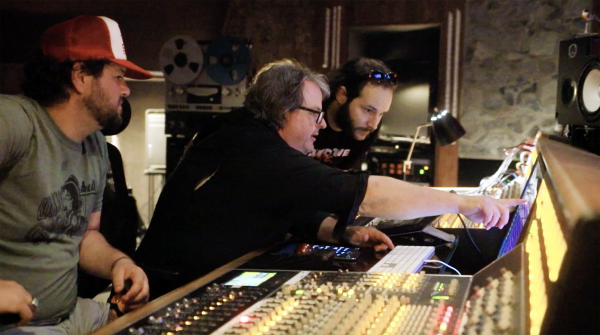Macon’s archaeology history: Telling stories of Ocmulgee Mounds National Historical Park
Macon is home to the biggest archaeological dig in American history. Ocmulgee Mounds National Historical Park Ranger Jim Branan and Middle Georgia State University professor Dr. Matt Jennings explain the site’s importance and the stories it can tell. (Audiogram and photo by Elizabeth Tammi, music provided by “purple-planet.com”)
Here in Macon, we’re sitting on thousands and thousands of years of human history.
Ocmulgee Mounds National Historical Park was given national park status by the federal government earlier this year, and is home to an extensive amount of Native American history, said Dr. Matt Jennings, who is a history professor at Middle Georgia State University.
“As soon as there are people in the Southeast, there are people at what’s now Ocmulgee Mounds National Historical Park,” he said. “Maybe as many as 14,500 years ago.”
He said that the people who occupied this region were likely Mississipians who migrated from what’s now central Tennessee down to middle Georgia, probably because of the appealing floodplain ecosystem. The nearby river was also a good source of food and a conduit for trade.
Additionally, he said that the Mississipian’s belief system might have aligned well with Ocmulgee.
“Mississipian people divided the cosmos into three layers,” Jennings said. “A site like Ocmulgee, where water and the land and the sky come together in such a powerful way would have drawn Mississipians to the site.”
Ocmulgee Mounds National Historic Park has an extensive history, but it’s one that was mostly rediscovered during a massive excavation in the 1930s. Park Ranger Jim Branan said he wanted to show visitors the history of not just Ocmulgee, but of the dig. In May and November of this year (purposefully chosen because of their distinctions as Georgia’s Archaeology Month and the United States’s National American Indian Heritage Month, respectively), he led free programs for the public.
He said on these programs, he walked visitors around the site to notable excavation locations. Branan showed pictures from the dig, which he said was the biggest archaeological undertaking in American history.
“By the middle of 1935, they had 800 laborers out here,” he said. “They dug for seven years. They numbered at least two-and-a-half million artifacts.”
Branan and Jennings said much of this dig was completed through job creation efforts as a result of the Great Depression.
Beyond the Native American constructions and artifacts that were found on the site of Ocmulgee Mounds National Historical Park, this location is also home to other aspects of Macon’s history.
“You can use a site like Ocmulgee to tell so many different stories,” Jennings said. “There’s a couple of Civil War skirmishes that take place, there’s a plantation there, so it’s a central site of African-American history, Native American history, sectional conflict in the 19th century and it’s also a site for learning the history of archaeology.”
Ranger Branan said that the most constant thing about Ocmulgee Mounds National Historical Park is change, and that he hopes the people who visit the site understand the depth and scope of the history there.
He also wonders what’s next for this site and its role in middle Georgia.
“What I hope people might think about is, what’s it gonna be like in another 50 or 100 years?”







